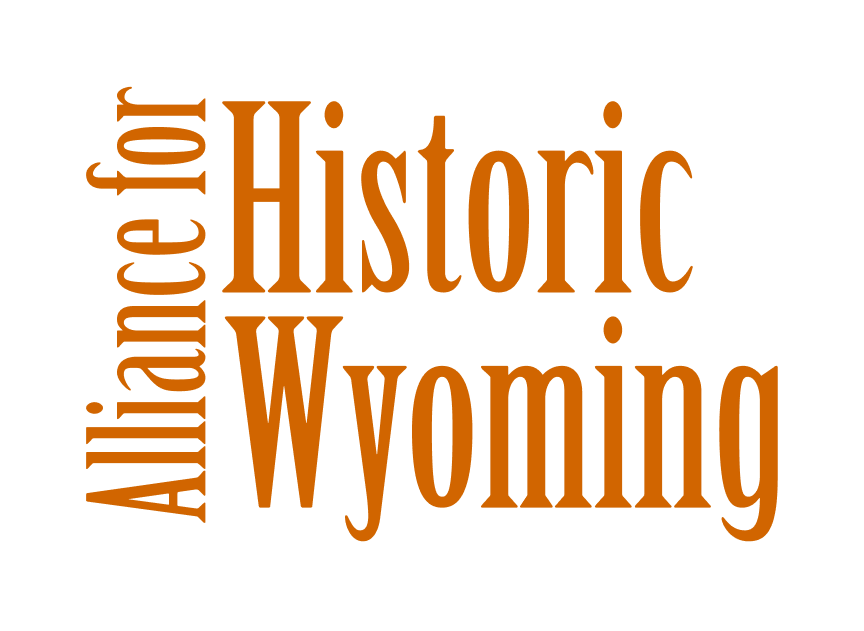By: Greg Rasanen
Entrance to the replica of the original fort
As a kid, I remember visiting Fort Bridger on school trips and with my family for the Fort Bridger Rendezvous. The fort is a great spot to learn about the long history of migration across Wyoming and pioneers the settled here. The fort was established in 1842 by its namesake, Jim Bridger, a famous mountain man, and trapper. In the early days, the fort was a trading post for trappers and mountain men who would rendezvous here to trade and ship their beaver and other fur pelts back east.
Jim Bridger is one of the men that are credited with finding south pass route later used by settlers traveling the Oregon Trail, as well as the pass leading to Salt Lake that bears his name, and is still used as part of the I-80 route. The fort became the hub for the California, Oregon, Overland, and Mormon trails, making it a key fort for resupply for settlers heading west.




 One of the oldest remaining building from the military days, this cabin was an officer quarters duplex, built in 1858.
One of the oldest remaining building from the military days, this cabin was an officer quarters duplex, built in 1858. Black and Orange Cabins was built outside the fort grounds as Lincoln Highway traffic increased. It is an early example of the motor hotel, or motel, with carports next to each cabin.
Black and Orange Cabins was built outside the fort grounds as Lincoln Highway traffic increased. It is an early example of the motor hotel, or motel, with carports next to each cabin.

